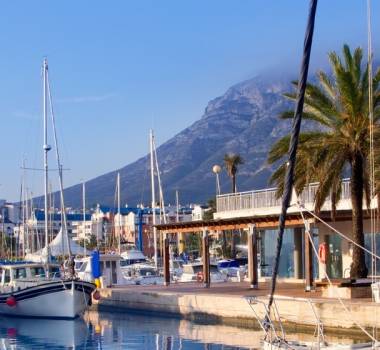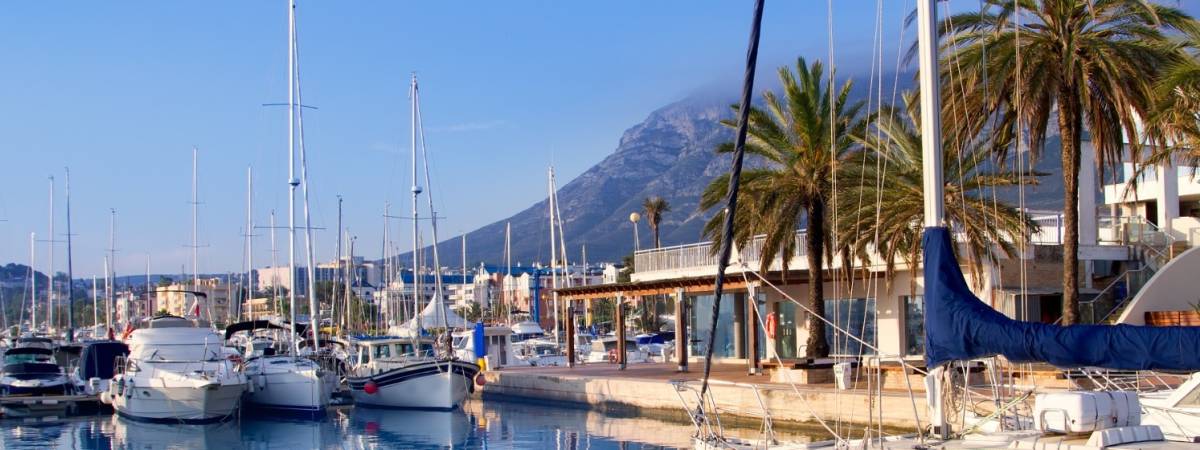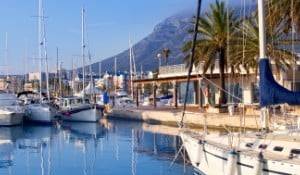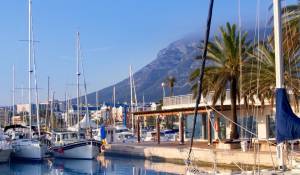Description
The streets and the buildings in Denia are the result of a long human existence and the cultures that have influenced the town. Cartagenans, Romans, Arabs, Iberians and the Cristians have marked Denia. The town was captured by the Christians in 1244, but still have a small Muslim population.
It was reacquired by the Spanish crown in 1803, after which Denia gained an increasingly important role as a trading port. This busy city is a tourist magnet, from the city centre in a northern direction, you will find approx. 15 km of white sandy beaches. The old Fish quarter in the town is well kept with its whitewashed low buildings, and there’s a harbour with ferry’s to Mallorca, Ibiza and Formentera.
The castle from the 16th century is the tallest building, 58 meters. It has an archeologic museum with items from 200 years B.C. The local small railway train, also called ”the citronexpress” starts here and ends in Alicante.
Marques de Campo street is the place to sit down and relax in one of its street cafes. There are two large golf resorts around the city, one with its own beach. Denia has always been very popular with the English and German people.
The most famous fiesta is the Arab and Christian celebration in August. Saint Hans, 24th of June is also celebrated with big fireworks on the beach.







